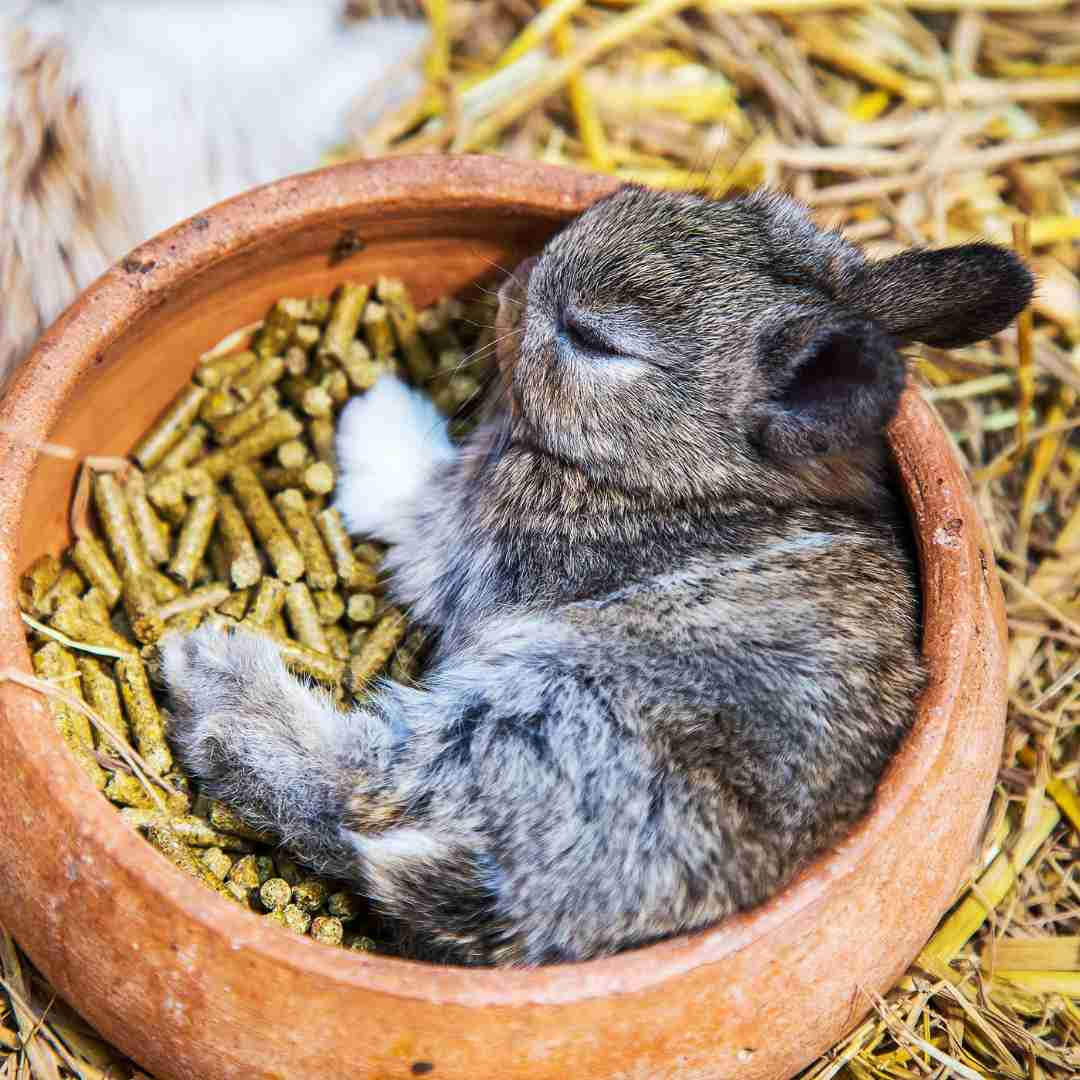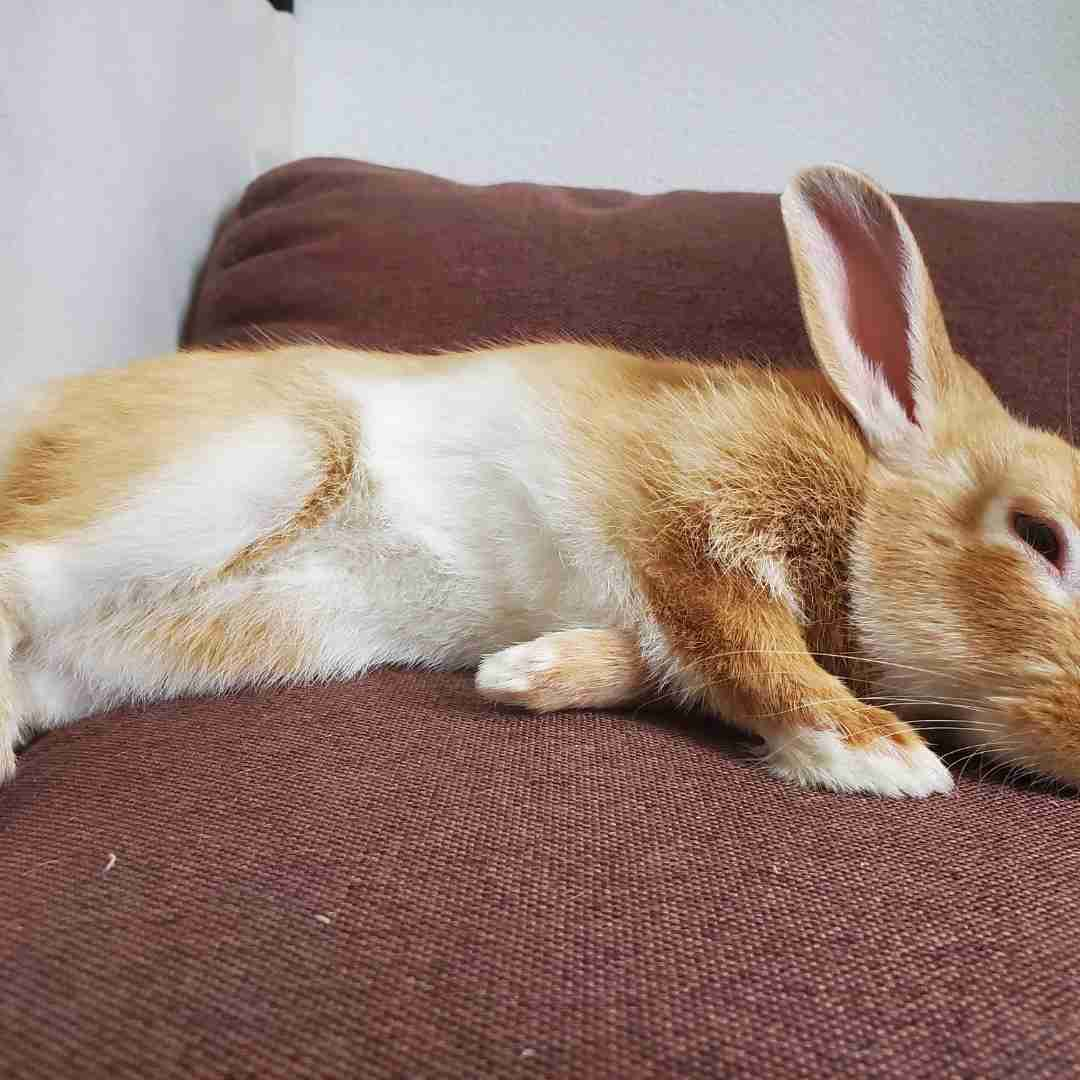Contents Table
Introduction
Advantages of a Cosy Rabbit Bed
How to Make Rabbit Beds Comfortable
The Best Rabbit Bedsheets
Rabbit Sleeping Area Cleaning Tips
Rabbit Sleeping House Size Selection
Q&A
Conclusion
Introduction
Rabbits make cute, cuddly pets. They're busy and interested, so provide them a safe, comfy area to sleep. Rabbits can sleep in cages, hutches, and your home. In this article, we'll explore rabbit resting places and how to make your pet rabbit's sleep habitat secure and comfy.
Advantages of a Cosy Rabbit Bed
Rabbits are lovable pets that need a safe and comfortable home. Giving your rabbit a comfy bed is essential to keeping it healthy and happy. Some benefits of a cosy rabbit bed:
1. Comfort: A comfy rabbit bed lets your bunny relax. The bed should be soft, easy to clean, and pleasant for your rabbit.
2. Safety: A comfortable rabbit bed helps protect your bunny from predators. Keep the bed away from other animals and hazards.
3. Stress Relief: New environments, loud noises, and other distractions can stress rabbits. When stressed, your rabbit can retreat to a cosy rabbit bed.
4. Bonding: Giving your rabbit a comfy bed will improve your attachment. Spending time in bed with your rabbit might help them feel at home.
A cosy rabbit bed gives your rabbit a safe and comfortable area to rest and relax. This can keep your rabbit healthy and happy for years.
How to Make Rabbit Beds Comfortable
Your rabbit needs a pleasant sleeping environment for their health. Natural crepuscularity means rabbits are most active at dawn and dusk. Thus, they need a safe, comfortable, and suitable sleeping space. Tips for making your rabbit's bed comfortable:
1. Location: Put your bunny to sleep in a peaceful, draft-free room. This will reassure them.
2. Bedding: Give your rabbit hay, straw, or shredded paper for comfort. Change bedding periodically to keep it clean and dry.
3. Shelter: Rabbits have to hide and feel safe. Shelter them with a cardboard box or pet tent.
4. Temperature: Make your rabbit's sleeping space pleasant. Keep the environment cool in summer and warm in winter since rabbits are sensitive.
5. Toys: Keep your rabbit interested and stimulated with toys. It will keep kids active and healthy.
Follow these recommendations to make your rabbit's resting area comfy and functional. This will keep them happy and healthy.
The Best Rabbit Bedsheets
Small, delicate rabbits need a nice, safe sleep environment to keep healthy and happy. The bedding material of a rabbit's bed is crucial to their comfort and safety. Best bedding materials for rabbit sleep areas:
1. Aspen Shavings: Soft, absorbent, and dust-free aspen shavings make wonderful rabbit bedding. They are affordable and widely available.
2. Paper Pellets: Recycled paper pellets are an excellent wood shaving alternative. Soft, absorbent, dust-free, and biodegradable/compostable.
3. Straw: Soft, absorbent, and dust-free straw makes wonderful rabbit bedding. It is affordable and accessible.
4. Hay is soft, absorbent, and dust-free, making it ideal rabbit bedding. It is affordable and accessible.
5. Fleece: Soft, absorbent, and dust-free fleece is ideal rabbit bedding. It is affordable and accessible.
Clean and debris-free bedding is essential for your rabbit's sleep area. To keep your rabbit safe and comfortable, change the bedding regularly.
Rabbit Sleeping Area Cleaning Tips
1. Put the bed somewhere simple to clean. Pick an area that's accessible and easy to clean.
2. Use absorbent bedding in bed. Choose bedding that absorbs pee and other spills and is easy to clean.
3. Regularly clean bedrooms. Replace soiled bedding weekly with fresh.
4. Vacuum the bed. You may remove fur and debris from your bed by vacuuming.
5. Sanitise the bedroom. Remove bacteria and germs from the sleeping space with a pet-safe disinfectant.
6. Track your rabbit's health. If your rabbit is sick, it may have sleeping accidents. Care for your rabbit and take it to the vet.
7. Keep sleeping areas dry. Avoid bacteria and mould growth by keeping the bedroom dry.
8. Provide lots of toys and activities. Keep your rabbit busy to reduce its sleeping mess.
Rabbit Sleeping House Size Selection
Size matters while picking a rabbit sleeping housing. A little sleeping home might be uncomfortable and limiting for your rabbit, while a large one can be draughty and cold. Select the right-sized sleeping house to keep your rabbit secure and comfortable.
Measure your rabbit from nose to tail when choosing a sleeping housing. This will help you determine the sleeping house size. A rabbit's sleeping house should be at least twice its length and large enough to turn around.
Sleeping home material should be considered together with size. Choose a sturdy, easy-to-clean dwelling. Fabric sleeping houses should be machine washable.
Finally, examine sleeping house design. Choose one with a low entrance to keep your rabbit warm and safe. Choose a sleeping home with a retractable roof or top for simpler cleaning.
Measure your rabbit and examine the sleeping house's material and design to give it a comfortable and safe place to sleep.
Q&A
1. Where do rabbits sleep?
Burrows and nests in shelters are where rabbits sleep. Outside their tunnels, they may sleep under shrubs or in thickets.
2. How long do rabbits sleep?
Rabbits sleep 8-10 hours a day, generally at night.
3. Do rabbits sleep in one spot overnight?
Rabbits rarely sleep in one area. They may relocate to avoid predators or find a better position.
4. Do rabbits hibernate?
Rabbits do not hibernate. They operate throughout winter.
5. Do rabbits sleep open-eyed?
Rabbits do not sleep open-eyed. They close their eyes to sleep.
Conclusion
Finally, rabbits sleep in their protective burrows or nests. They may also sleep behind shrubs or long grass. Rabbits sleep in cages or hutches in their owners' houses. Whatever they sleep in, rabbits need a safe and pleasant place.
